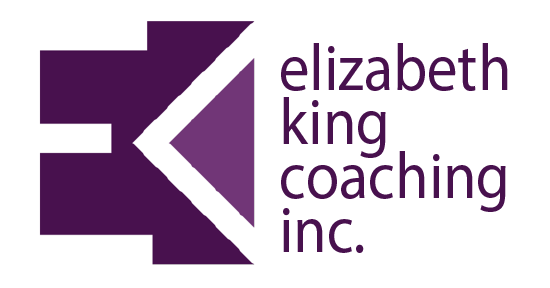The Closer Look: Creativity Starts with Examination
Bad news/good news.
You’re not necessarily being creative if
• You’re doing something with “flair.”
• You’re being unorthodox.
• You used glitter.
• You’re painting a painting.
Meanwhile, you might be doing something extremely creative if
• Your solution is simple.
• You’ve only made a slight change.
• You’re repairing a fence.
When we want to enhance our own creativity, it’s easy to think: “I need more creativity in my life! I need to start scrapbooking!” or, “I need to get the easel out of the attic!” Worse, many people think, “I’m no good at art. I’ll never be creative.” Good news, though: the creative process is about finding fresh and effective solutions to problems or making new connections between ideas in every discipline, whether you’re a roofing contractor, philosopher, personal trainer, or musician. Creative ideas don’t land on your shoulder like a feather from above; you can find them.The creative process is very much like critical thinking, and it’s all learnable: the very first step of both skills is cultivating the habit of examination.
Close Reading
Our television-and-internet, scan-don’t-read culture isn’t helping your ability to examine things carefully. If anything, it’s helping you to break the habit of paying prolonged attention.To get good at creativity, you're going to have to cultivate the ability to pay attention to details. We talk about “close reading” frequently in literature, art history, and architectural criticism—it’s the process of looking at a single work incredibly carefully. Imagine looking at a few hundred words of a novel and examining it for context, tone, literary references, structure, intent, etc. In a way, for the moment, we treat those few hundred words as more valuable and with more intensity than the entire novel itself.We treat details of problems with the same level of regard and intensity when we’re being creative.
Creativity is hinged on a cultivated ability to examine the components of any problem or information set. A close reading of all the details of a situation is what ultimately yields the creative connection that offers a solution or new insight. If an element of a problem were a strand of hair, the best creative thinkers wouldn’t just dismiss it; they zoom in and see something shaped like a pipe….and then zoom in even further and see layers of overlapping scales around that pipe. Are you dismissing seemingly ho-hum details, those seemingly single strands that are actually made up of thousands of layers, and missing the ultimate creative connection you’re seeking? If you want to begin thinking creatively, don’t focus on creativity. Focus on examination.





